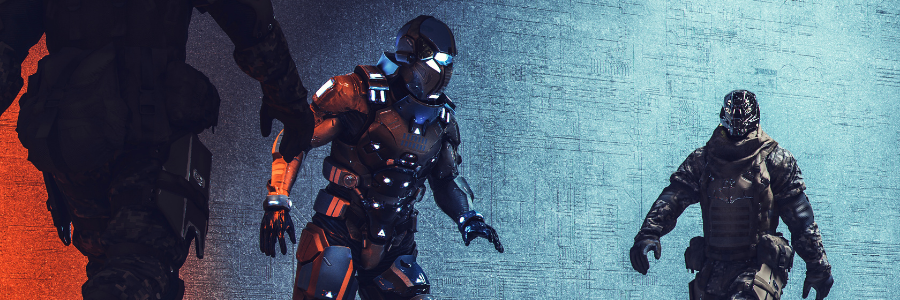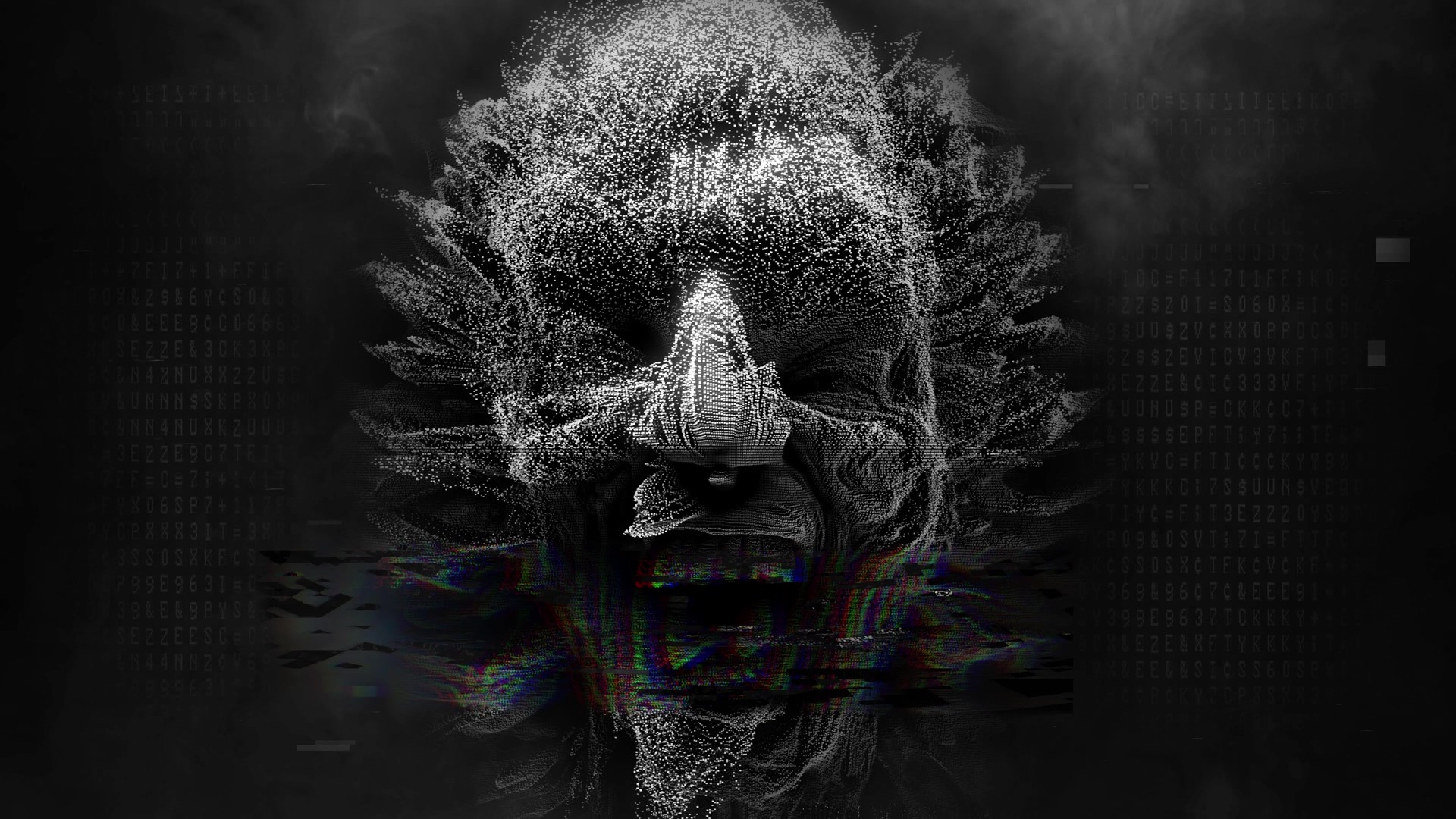No products in the basket.
From classic monsters to modern nightmares – how the human voice became the ultimate horror instrument with Dehumaniser 2.

The Sound of Fear
Close your eyes. The lights flicker. A low growl cuts through the silence… familiar, but not quite human. Before the creature even appears, your heartbeat quickens.
Sound is often the first storyteller in horror. Long before we see what’s coming, we hear it. And that’s exactly why sound design is one of the most powerful tools in cinematic fear.
As Halloween approaches, we’re looking at why scary sounds work on us, how horror audio has evolved over the decades, and how Dehumaniser 2 gives today’s creators the same terrifying power once reserved for big studios.

Why Sound Scares Us More Than Sight
Our brains are wired to respond to certain sounds; sudden volume shifts, distorted human tones, sub-bass vibrations. These frequencies trigger primal instincts tied to survival: danger, threat, the unknown.
Classic monster movies relied on this psychology long before sophisticated software existed. Filmmakers would pitch-shift growls from lions or tigers, layer them with distorted human screams, and loop them until the sound became something unrecognisable, and something that felt alive.
That uncanny, half-human quality is key to why certain sounds are terrifying. When something almost sounds human, but not quite, our brains panic. And this is where Dehumaniser 2 comes in.
From Tape to Tech: The Evolution of Horror Sound
In the early days, creating monster voices was a time-consuming art. Designers cut tape, slowed reels, and layered multiple recordings manually. As digital tools emerged, the process became faster but still relied on complex plugin chains.
Then came Dehumaniser 2, a breakthrough in real-time creature and vocal processing.
Built by sound designers for sound designers, Dehumaniser 2 offers an intuitive, modular workflow that lets you transform any voice into something otherworldly in real time. Whether you’re making a cinematic demon, alien overlord, or supernatural whisper, the results are instant, believable, and deeply unsettling.

Inside the Monster Machine: How Dehumaniser 2 Works
Dehumaniser 2’s power lies in its modular, node-based design. Instead of stacking endless effects, you connect modules like puzzle pieces, each shaping the voice in unique ways.
- Pitch Shifter: Create low, booming giants or deep demonic tones.
- Granular Synthesis: Add dense or gritty, fragmented textures.
- Scrubbing Convolution: Blend live vocals with animal growls or ambient textures to make them feel organic.
- Vocoder: Metallic resonance for robotic or spectral voices.
- Spectral Shifting: Generate eerie, shimmering harmonics for ghostly presence.
You can trigger real animal recordings – tiger, leopard, pig, and more – by amplitude or pitch, creating layered vocal hybrids that feel alive.
Every adjustment happens in real time, meaning performers can act their creatures live. What once took hours of layering and rendering now takes minutes.
When Humans Become Monsters
The most frightening creature sounds often begin with something deeply human. Take a whisper, a scream, or a breath, then distort, layer, and stretch it until it sits somewhere between familiar and alien.
That’s exactly what Dehumaniser 2 does best. Start with a simple vocal. Drop in an “Angry Beast” or “Spectral Demon” preset. Add pitch-shifting and convolution layers, and suddenly your voice carries the weight of something unholy.
You’re not editing fear. You’re performing it.
Dehumaniser 2 in the Wild
The power of Dehumaniser 2 has already shaped some of the biggest universes in film, TV, and games – from Avengers: Age of Ultron and The Jungle Book, to Far Cry 4, The Conjuring, and Stranger Things.
When sound teams need something fast, flexible, and believable, they turn to Krotos. What used to take 20 layers of samples and hours and hours of work can now be done live in a single voice pass.
Create Your Own Horror Tonight
Here’s a quick Halloween experiment you can try in your home studio or DAW:
- Record your voice saying something simple, e.g., “Help me,” or “Don’t go.”
- Load it into Dehumaniser 2.
- Choose the Demon preset from the ‘Dialogue’ section of the preset list.
- Drop the pitch two octaves with a pitch shifter, and add a tiger growl using Scrubbing Convolution.
- Boost the “Stereo Spread” control on the Output node to subtly expand the sound.
- Blend with a layer of forest ambience with Krotos Studio for atmosphere – if you’ve not used it, grab our free 10 day trial right now.
Press play.
Now you’ve got a fully cinematic, spine-chilling sound in minutes, ready for a short film, game, or Halloween post.
The Future of Fear
As AI and real-time audio evolve, horror sound design will only grow more immersive. We’ll see dynamic creature voices that respond to player movement, and vocal morphing that adapts live in film or VR.
But even with all that innovation, the essence stays the same: we’re still playing with what the human ear almost recognises. That’s why Dehumaniser 2 is so powerful – it bridges human and inhuman in one tool.
Krotos continues to lead that frontier, helping creators turn sound into storytelling.
In horror, silence may build tension, but sound delivers the fear. From 1930s monsters to modern AI-powered creatures, the tools have changed, but the goal remains the same: to make us believe in the things we can’t see.
This Halloween, explore that line yourself. Twist your voice. Break the silence.
Start your free 10-day trial of Dehumaniser 2 and bring your monsters to life.

